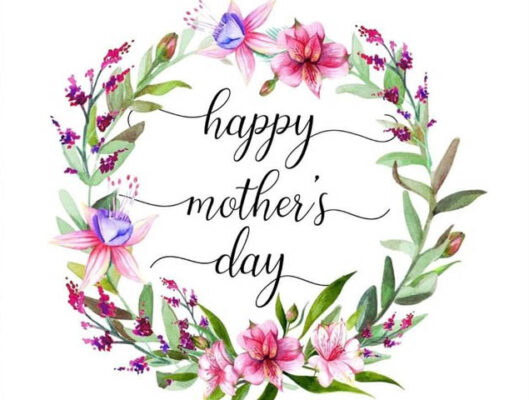Mother’s Day, a celebration honoring motherhood, takes on various expressions worldwide. In the United States, Mother’s Day 2023 is slated for Sunday, May 14. Anna Jarvis, the architect of the American iteration in 1908, successfully saw it recognized as an official U.S. holiday by 1914. However, Jarvis, disillusioned by its commercialization, dedicated the latter part of her life to expunging it from the calendar. Despite differing dates and festivities, the tradition of Mother’s Day commonly entails the presentation of flowers, cards, and other tokens of appreciation to mothers.
Mother’s Day, a widely celebrated holiday, takes on diverse forms across the globe. In the United States, Mother’s Day 2023 is set to grace the calendar on Sunday, May 14. This American tradition originated in 1908, spearheaded by Anna Jarvis, and gained official holiday status in 1914. However, Jarvis, its visionary, eventually lamented the commercialization of the day and dedicated the latter part of her life to eradicating it from the calendar.

Despite varying dates and unique celebrations worldwide, the essence of Mother’s Day typically revolves around the heartfelt gesture of honoring mothers with tokens of appreciation. Tradition holds that moms are showered with flowers, heartfelt cards, and thoughtful gifts, creating a beautiful tapestry of expressions of love and gratitude.
The history of Mother’s Day can be traced back to ancient Greece and Rome, where festivals were held in honor of the mother goddesses Rhea and Cybele. However, the modern precedent for Mother’s Day is the early Christian festival known as “Mothering Sunday.” Once a major tradition in the United Kingdom and parts of Europe, this celebration fell on the fourth Sunday in Lent and was originally seen as a time when the faithful would return to their “mother church” – the main church in the vicinity of their home – for a special service. Over time, the Mothering Sunday tradition shifted into a more secular holiday, and children would present their mothers with flowers and other tokens of appreciation. This custom eventually faded in popularity before merging with the American Mother’s Day in the 1930s and 1940s.
In the antebellum years, Ann Reeves Jarvis, a compassionate figure from West Virginia, played a pivotal role in laying the groundwork for Mother’s Day. Recognizing the importance of maternal care, she initiated the “Mothers’ Day Work Clubs,” aimed at instructing local women on proper childcare practices. Remarkably, these clubs evolved into a unifying force in a region still grappling with the aftermath of the Civil War, fostering solidarity among women despite the lingering divisions.

The post-Civil War period saw Jarvis taking another visionary step with the organization of “Mothers’ Friendship Day” in 1868. This remarkable event brought together mothers alongside former Union and Confederate soldiers, fostering an atmosphere of reconciliation in a fractured nation. Simultaneously, the abolitionist and suffragette Julia Ward Howe made her mark on the concept of Mother’s Day. In 1870, Howe penned the influential “Mother’s Day Proclamation,” a stirring call to action urging mothers to unite in the pursuit of world peace. In 1873, her advocacy took the form of a campaign for a “Mother’s Peace Day” to be observed every June 2, laying the foundation for a broader, more global perspective on the holiday.
Juliet Calhoun Blakely, a fervent temperance activist, added her voice to the Mother’s Day narrative in the 1870s, inspiring the establishment of a local Mother’s Day in Albion, Michigan. The trailblazing duo of Mary Towles Sasseen and Frank Hering continued this legacy into the late 19th and early 20th centuries, tirelessly working to organize Mothers’ Day events. As these early pioneers sowed the seeds of appreciation for motherhood and social unity, they unknowingly contributed to the rich tapestry of Mother’s Day as we know it today.

